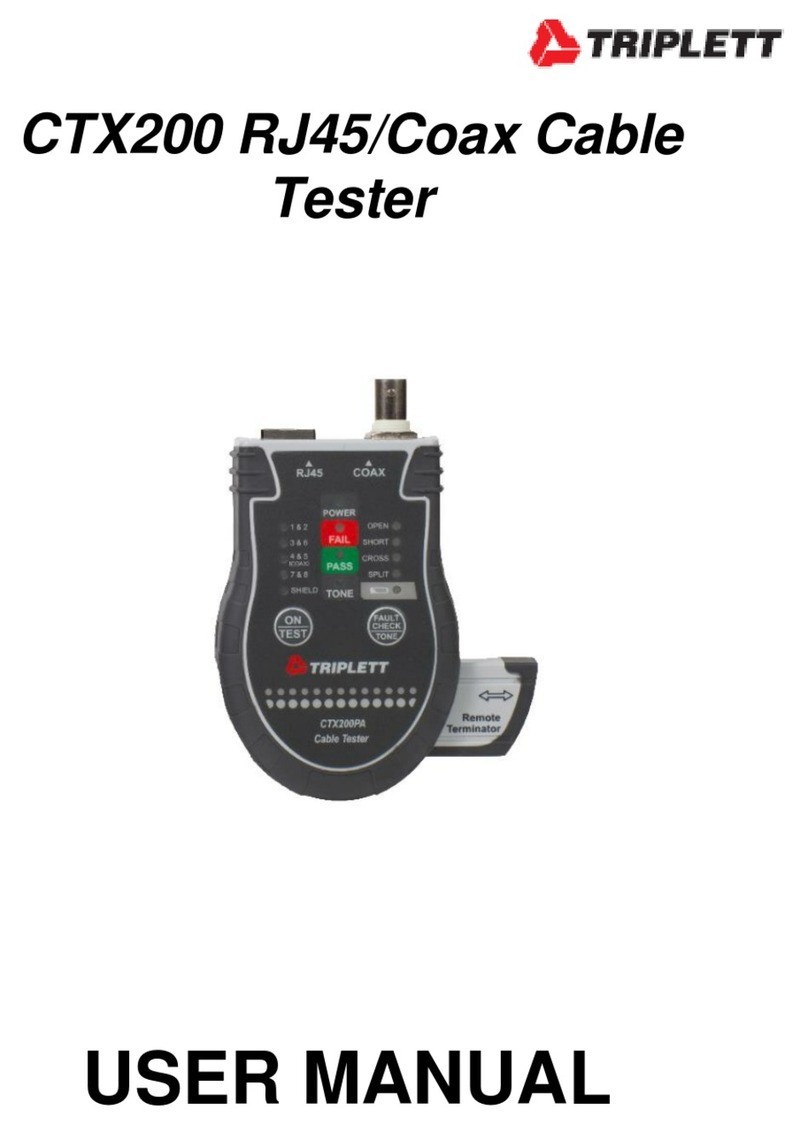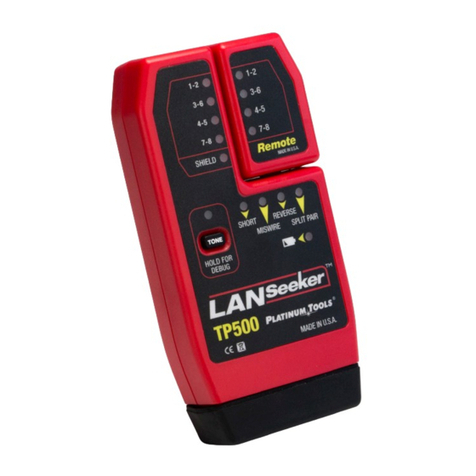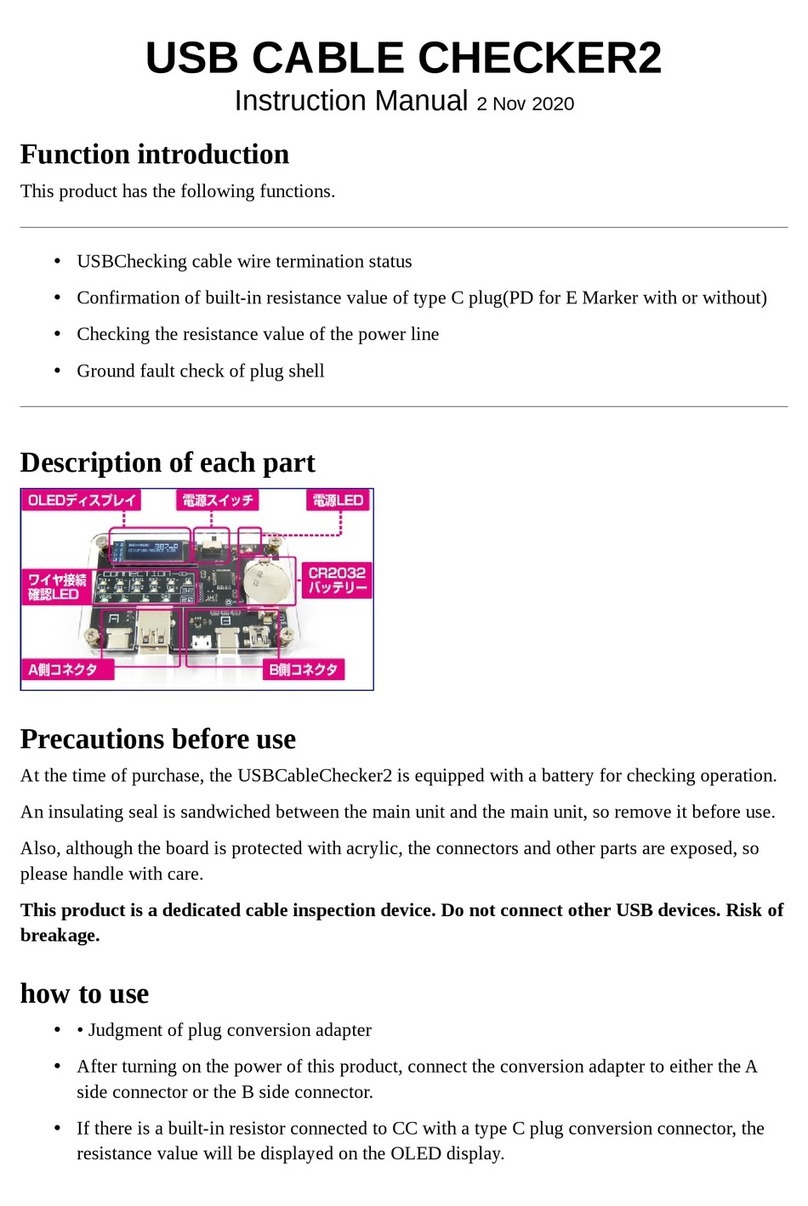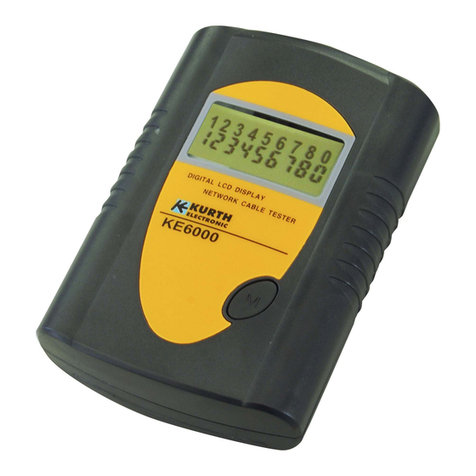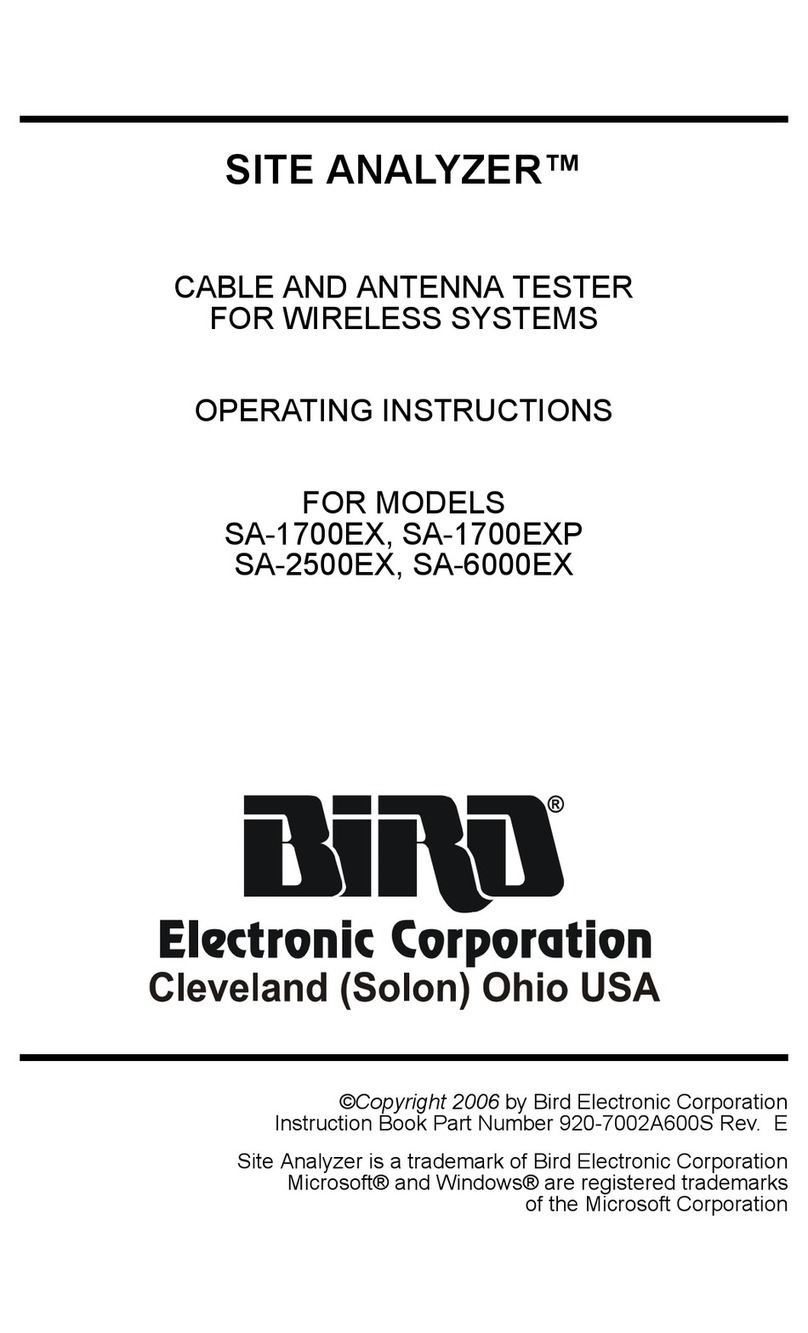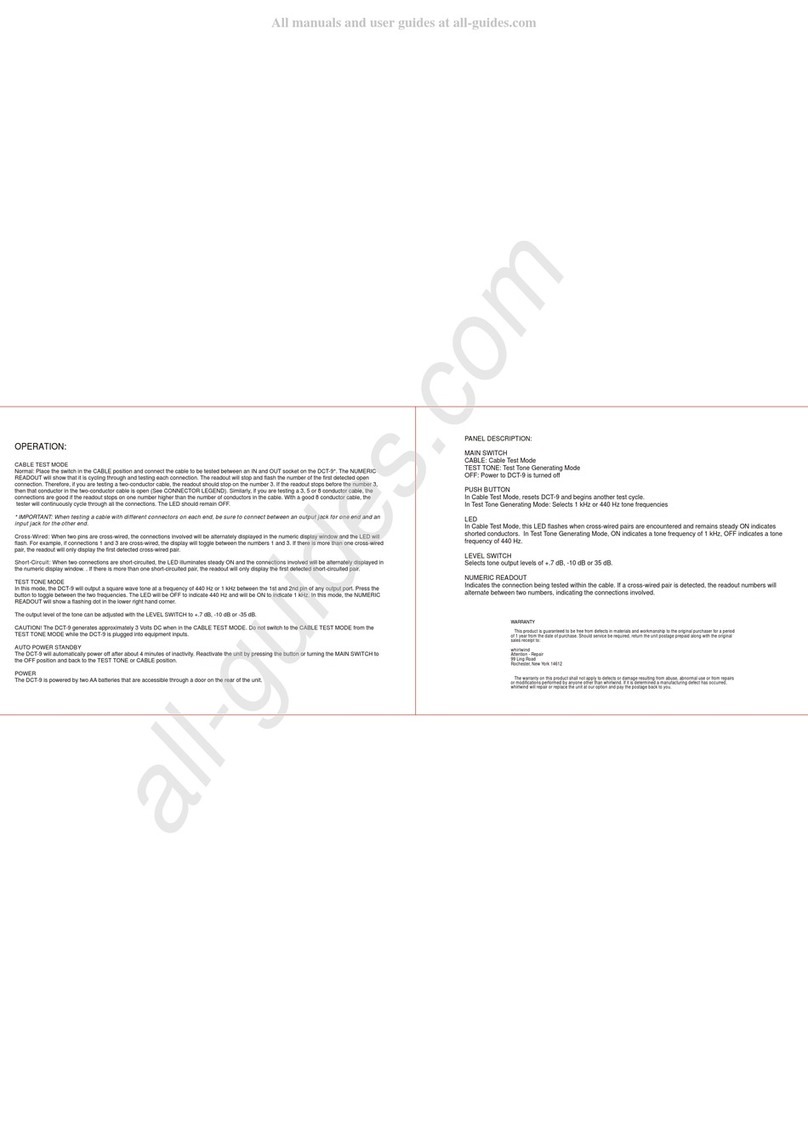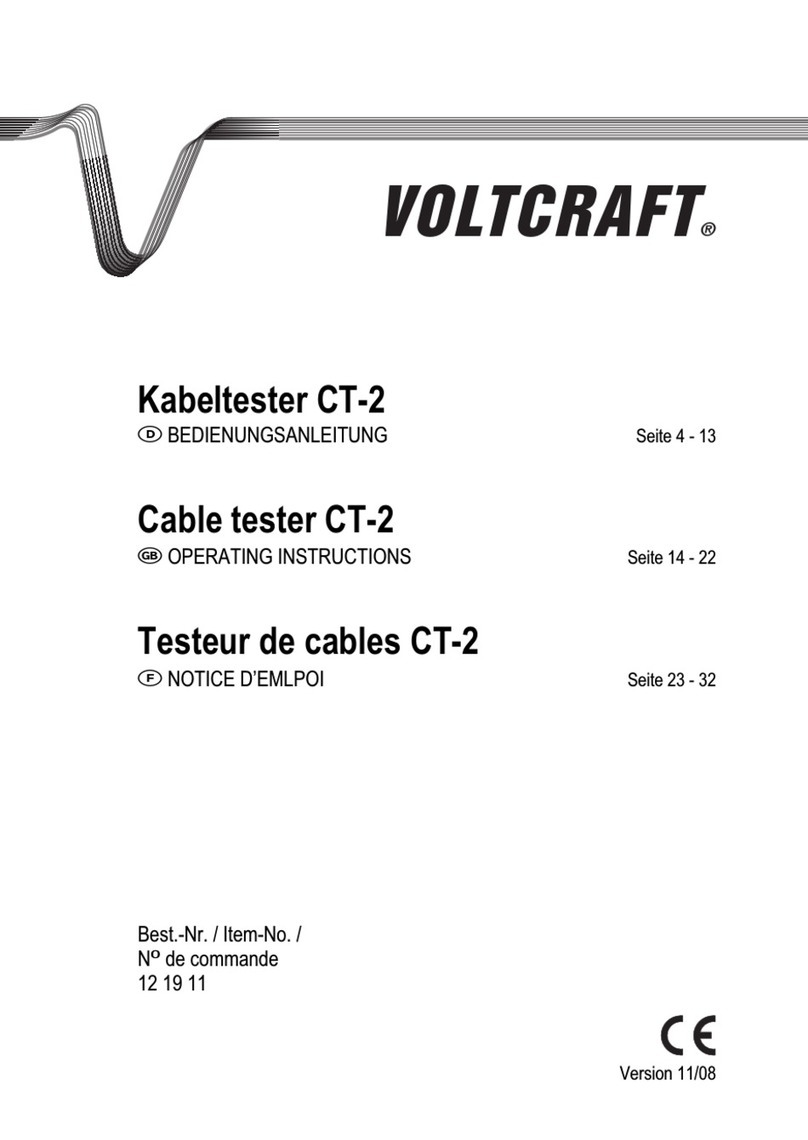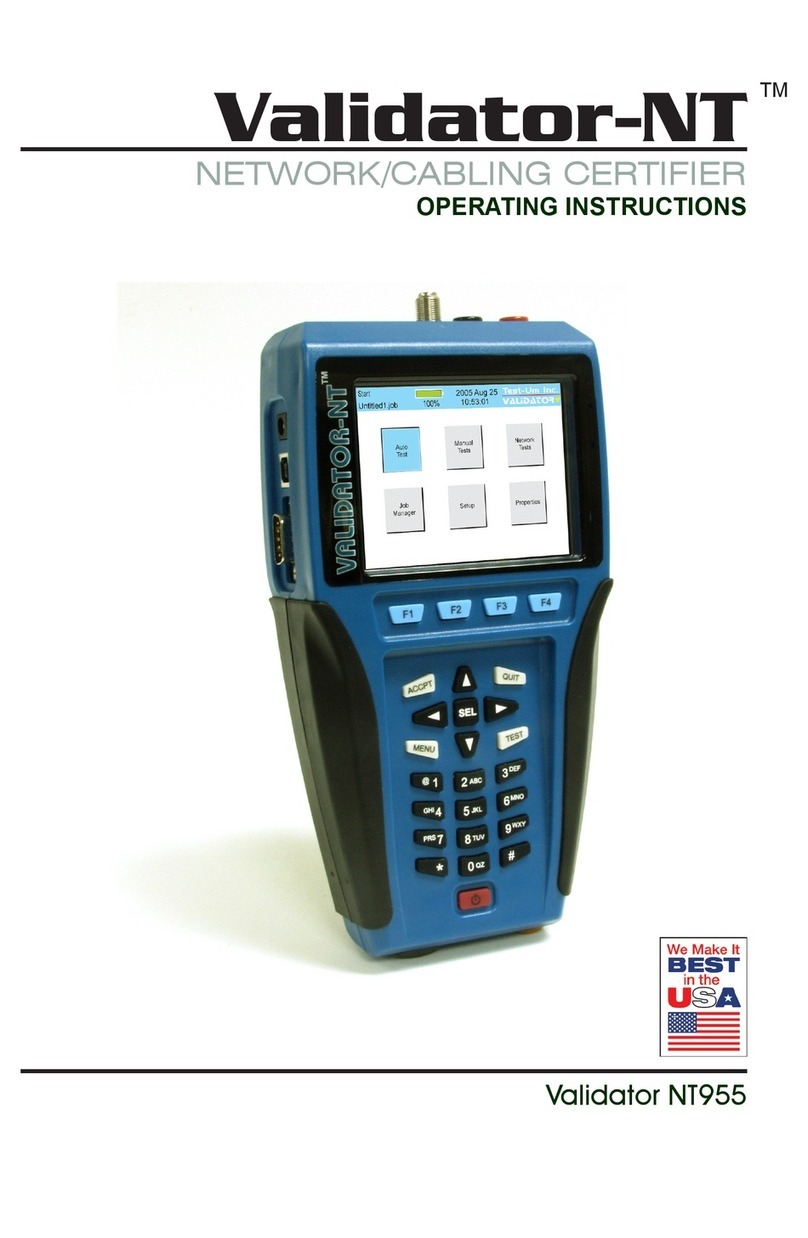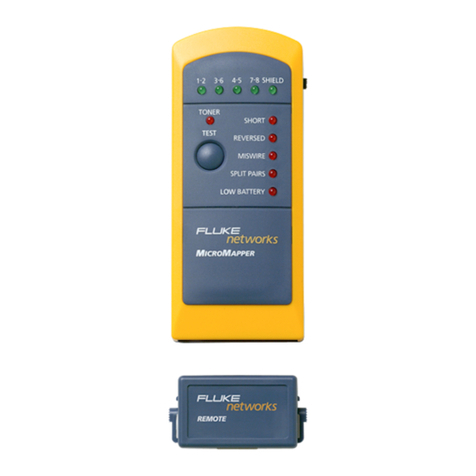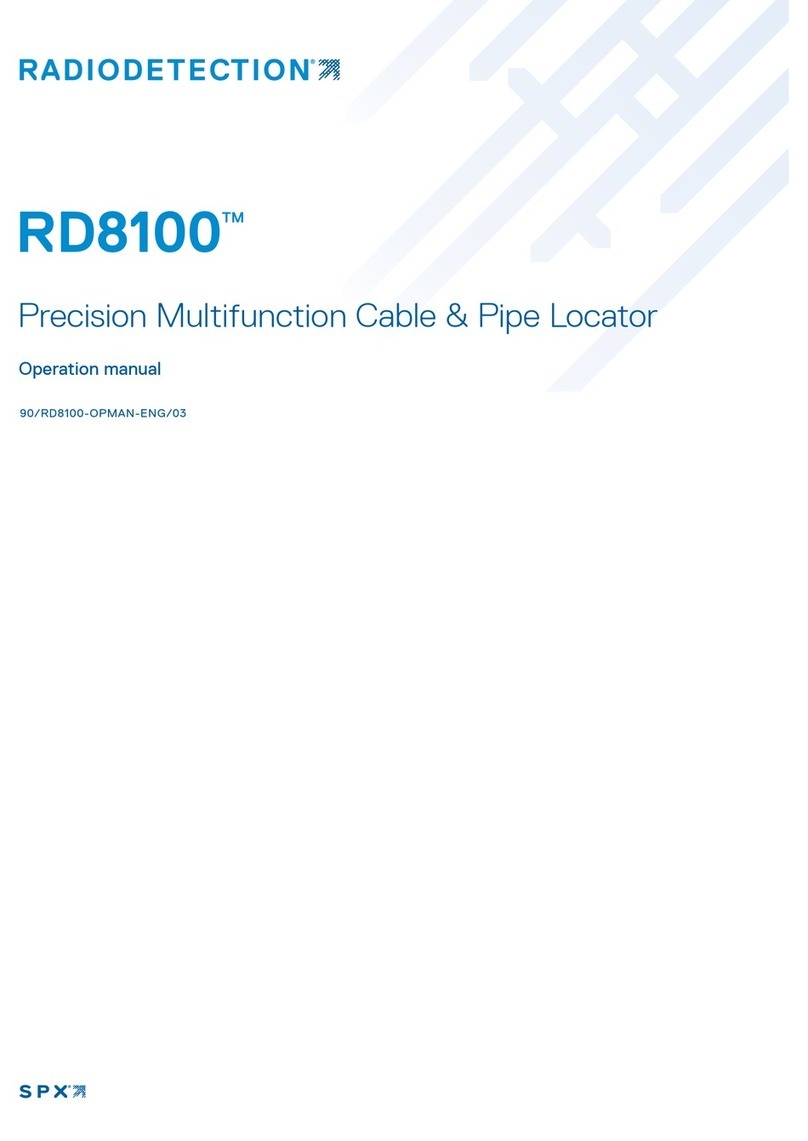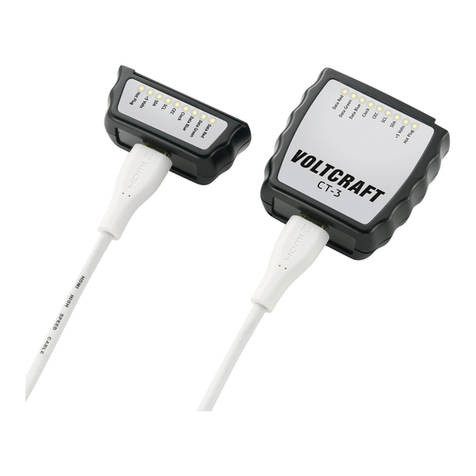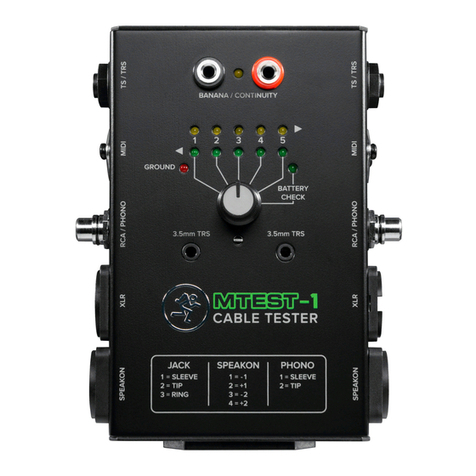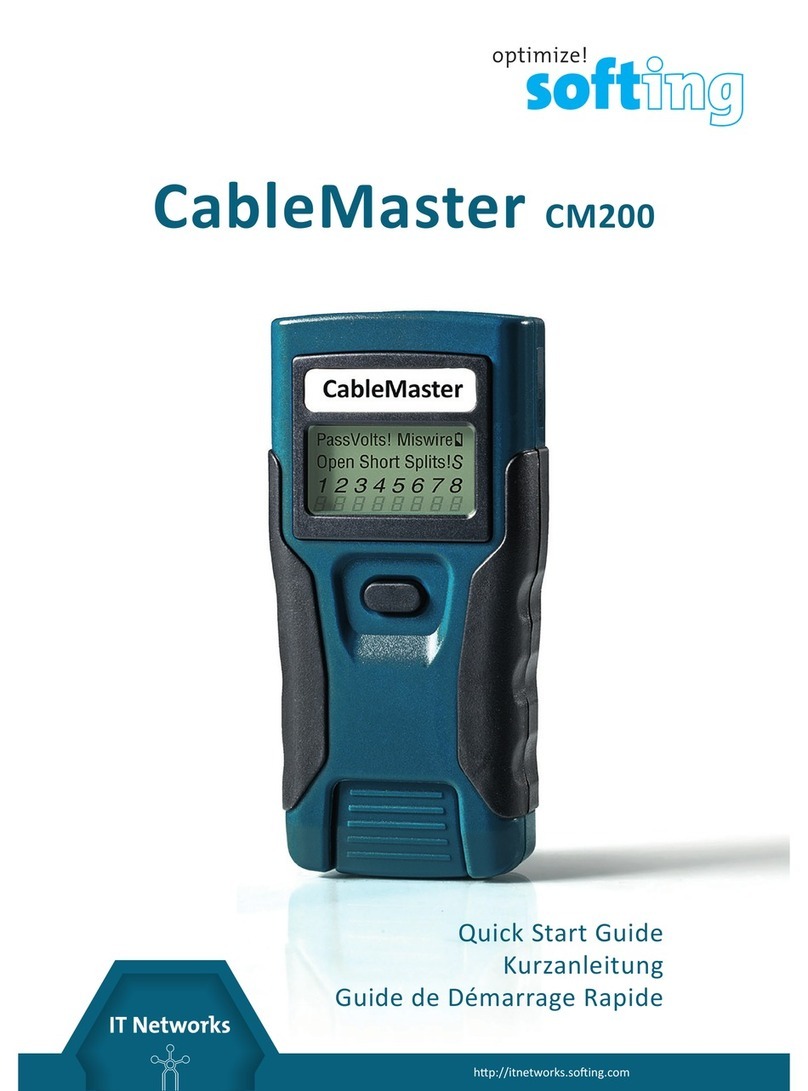Safety Precautions
viii
USE CORRECT VOLTAGE SETTING AND FUSE - SEE MANUAL.
UTILISER UNE TENSION ET UN FUSIBLE CORRECTS - CONSULTER
LE MODE D'EMPLOI.
USE LA INSTALACION Y FUSIBLE DE VOLTAJE CORRECTO - VEA
EL MANUAL.
AUSSCHLIESSLICH VORSCHRIFTSMÄSSIGE
WECHSELSPANNUNGS-EINSTELLUNG UND SICHERUNG
BENUTZEN - SIEHE DAZU HANDBUCH.
UTILLIZZARE TENSIONE E FUSIBLE ADATTI - FARE RIFERIMENTO
AL MANUALE.
BE SURE THE 115/230V AC VOLTAGE SELECTOR IS SET TO THE
PROPER LINE VOLTAGE, AND THE CORRECT AC LINE FUSE IS
INSTALLED BEFORE AC POWER IS APPLIED.
S'ASSURER QUE LE SÉLECTEUR DE TENSION 115/230V C.A. EST
BIEN RÉGLÉ POUR LA TENSION DU RÉSEAU ET QUE LE FUSIBLE
DE LIGNE C.A. CORRECT EST EN PLACE AVANT DE METTRE SOUS
TENSION C.A.
CERCIORESE QUE EL SELECTOR DE VOLTAJE DE 115/230V CA
ESTE COLOCADO A LA LINEA DE VOLTAJE APROPIADA Y QUE EL
FUSIBLE ESTE INSTALADO A LA LINEA CA ANTES DE APLICAR LA
CORRIENTE ALTERNA.
VOR EINSCHALTEN DER WECHSELSTROMZUFUHR
SICHERSTELLEN, DASS DER 115/230V WECHSELSPANNUNGS-
SELEKTOR AUF DIE VORSCHRIFTSMÄSSIGE
LEITUNGSSPANNUNG EINGESTELLT UND DIE RICHTIGE
WECHSELSTROM-HAUPTSICHERUNG EINGESETZT IST.
PRIMA DI EROGARE CORRENTE, ASSICURARSI CHE IL
SELETTORE DI VOLTAGGIO 115/230 V.C.A. SIA REGOLATO
CORRETTAMENTE E CHE IL FUSIBLE ADATTO ALLA LINEA DI
ALIMENTAZIONE C.A. SIA INSTALLATO.
